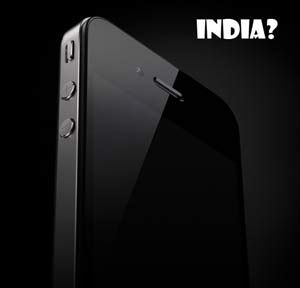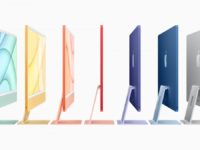Earlier this week, there was a heated debate amongst techies in India about a recent report by Bloomberg about the state of the iPhone 4 here in India. At the end of it, the talk veered to the niche “30k” plus segment where the Apple iPhone 4 retails in. The general consensus reached was the fact that Apple, even with its rather unimpressive sounding 62,000 shipments should constitute a good share of all handsets that sell for over 30 k in India.

Considering the small market that India has for high end smart phones, that sure might be an impressive number, as our senior editor Nimish Dubey pointed out. Not to mention that fact that we might have not considered the grey market sales at all!
That said, I think we should consider one more factor when we do a comparison like this. One problem with comparing Apple products with “similarly priced phones” is that unlike the iPhone, these phones in a span of few months drop out of that price range. So, a Galaxy S II retailing above 30k in a month A would drop out of that segment in month B. So, should we stop counting Galaxy S or any other 30k plus phone once that happens? The much capable Galaxy S II landed in India for a sticker price less than that of the iPhone, and since that happened, its price has reduced to well under 30k. That said, it would still be interesting to see how much of the sales pie Apple has in the 30k plus segment irrespective of the products dropping out of that segment each month. There are additions too, right?
It is very simple. Apple can stick to its premium image and not worry about the segment that they do not want to concentrate on; but the question I am being posed when I do a recommendation is; “Why should people spend their hard earned money on a device that retails for the same price they fix at launch and let it remain the same until they have their next generation product out?” Let me reiterate – there might be nothing wrong with the policy of sticking to one price for months together – but the general perception in India seems to be that a product (especially a mobile phone) will steadily lose its “launch time” price tag (immaterial of the segment it is sold) and sell for much lesser in the next few months.
Over the years, this is something that has been “expected” from phone makers. That doesn’t happen with the iPhone. I have never understood the economics of how this thing works with other players. Does the reducing price mean that manufacturers priced it high just to cash in on demand and later they drop prices when the initial demand is met? I am sure they would not sell the handsets at a loss. Are the dealers the ones who suffer here, who are forced to cut back their margins? Whatever it may be, the result is good for the consumer, and that is what matters. The consumer sir is the King.
Like many of you, I have been asked many times by friends what phone to buy, and I do recommend them an iPhone for the unparalleled experience that it offers. These are cash rich guys and they certainly do have the budget to buy one – BUT when a device like the Nexus S which when launched in India sold for Rs.29,000 and then in a span of just a few months dropped to less than 20k is available in the market for much lesser – it defies common sense to opt for the iPhone just for the experience. Some of you might say, it’s like buying a Mercedes or a BMW – you pay more for the experience and the brand. Sorry buddy, we are talking cellphones here. I still consider the iPhone a premium product – but not an uber -luxury, niche product like say a Vertu for example which makes for a perfect example of a white elephant.
The issue is, people can afford the iPhone 4 in India – but not all of them are opting for the device – even the ones who considered it – just because of the static price tag. This definitely is not a generalized statement, just what I have garnered from my experience of recommending devices to close friends and relatives of mine. True, Apple might not be concerned – but that’s not the point here.
Let us also accept that Android phones of today, while not “there” yet can pretty much match the iPhone in most things they do. I know more than a handful of friends who have considered an iPhone 4 and chose to opt for an Android powered handset just for the simple fact that they don’t think the iPhone 4 is worth spending the extra money on. I think there are quite a few of us who think on value for money terms even in the premium segment. Will they opt for an iPhone when a Galaxy S II is available for lesser? Probably not.
This leaves us with people who will buy the iPhone 4 just because they do not want to compromise on the experience of using iOS and want that phone because they do not look at the value for money factor and are willing to pay for it. Then of course, there are the fan boys who wouldn’t look beyond the iPhone. Reminds me of an incident which happened back in 2009. A Gujarati couple bargained in to a shop, looked at all the high end phone models and in the end, I heard the wife asking the shopkeeper “Inme se sabse mehenga wala konsa hai?” (Which one of these is the most expensive). Sure enough, he (the Husband) went home with the iPhone 3GS 32 GB!





